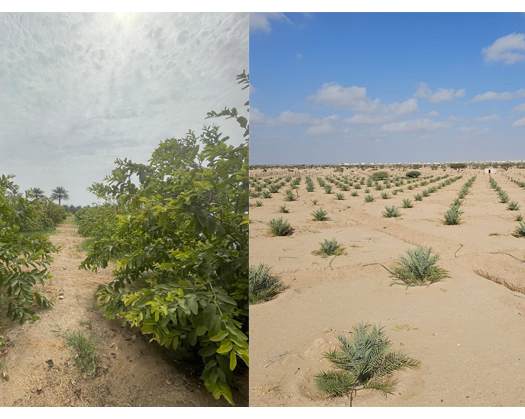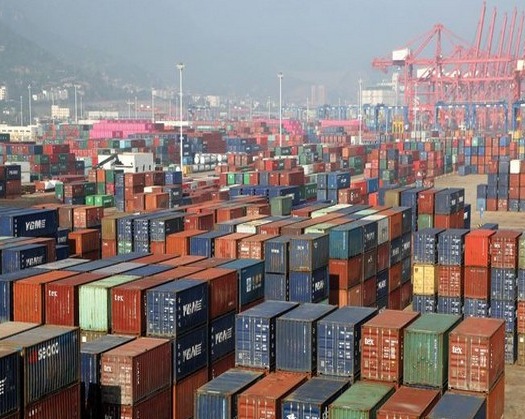Muscat: The model farms project in Al Dhahirah Governorate seeks to increase farmers' incomes by providing them with high-yielding seed varieties and modern irrigation systems.
The project supports over 250 farms by supplying them with more than 15,000 date palm offshoots and fruit seedlings.
Commercial farms in the Al Dhahirah Governorate are now experiencing agricultural growth, with a mix of date palm and fruit trees established.
The program, which began in 2020, has resulted in clear successes, including the planting of date palm and fruit trees on 140 fedans for farmers in the governorate's several wilayats.
These notable accomplishments in Al Dhahirah Governorate are an important aspect of the Ministry of Agriculture, Fisheries, and Water Resources' aim to improve food security and attain sustainable agricultural development in the Sultanate of Oman.
The initiative, which includes other governorates, is being implemented by the Ministry of Agriculture, Fisheries, and Water Resources in close collaboration with farmers.
The program's goal was to create a qualitative change in the agricultural industry in order to improve quality and productivity and raise farmers' incomes.
The program's goal is to increase farmers' earnings by providing a range of date palm offshoots and fruit seedlings that are recognized for their superior quality and maximum productivity.
Farmers participating in this program can purchase fruit types such as mango, Adalia lemon, Omani lemon, guava, figs, and grapes.
According to statistics from the Directorate General of Agriculture and Water Resources in Al Dhahirah Governorate, around 9,000 date palm offshoots and approximately 6,000 seedlings of certain
Fruit varieties have been provided to farmers participating in the program in the governorate.
The distribution of date palm offshoots and fruit seedlings is conducted following particular regulations and circumstances designed to
ensure the project's success, particularly in the installation of new irrigation systems, which will help to optimize water use and increase production efficiency.
These actions render these farming models agronomically viable.









